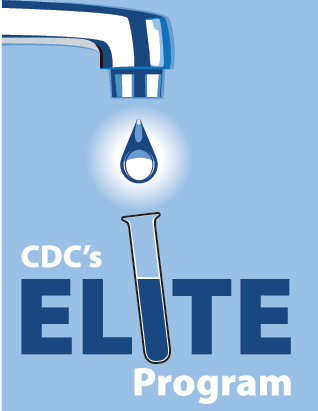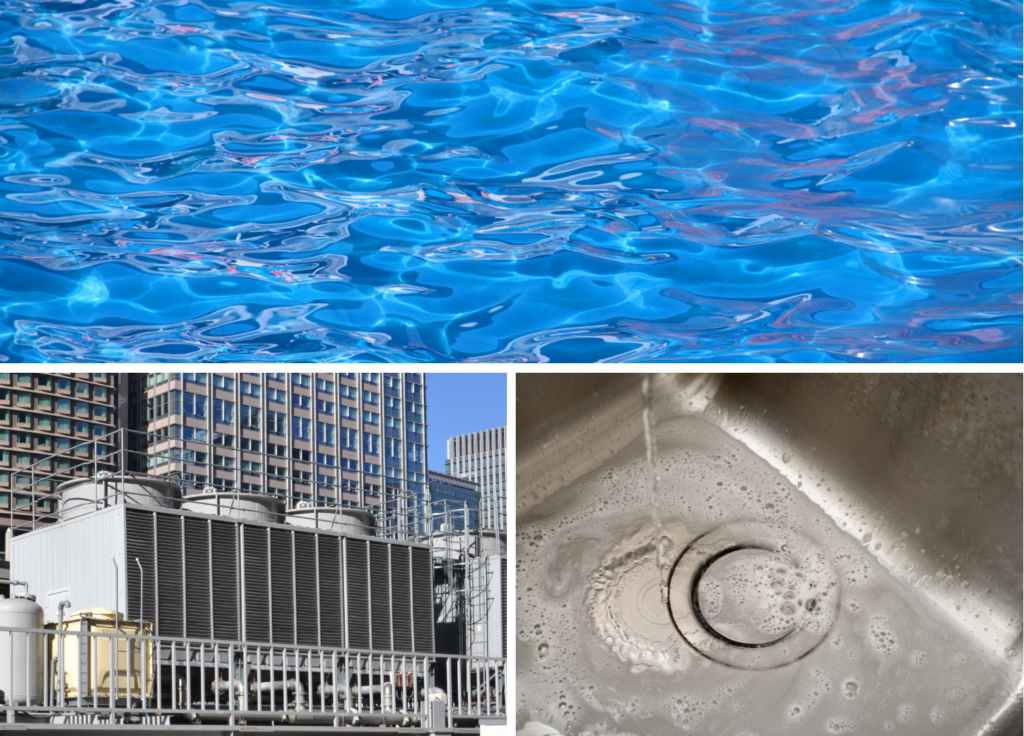Legionella
What is Legionella?
Legionella pneumophila is a bacteria that causes a respiratory disease called Legionellosis. Sometimes the bacteria causes a serious type of pneumonia called Legionnaire’s disease, named after an outbreak that affected a meeting of the American Legion in 1976. The CDC estimates that there are up to 18,000 cases of Legionnaire’s disease annually in the US, and that 10% of these cases are fatal. Another less serious infection called Pontiac fever, having symptoms similar to a mild case of the flu, is also attributed to Legionella.
What is the Procedure for Legionella Testing?
Scientific Methods is a CDC Elite Certified laboratory with more than 20 years of experience detecting Legionella in water. We utilize Standard Method 9260J with agglutination for confirmation of the presence of Legionella species and Legionella pneumophila in accordance with CDC standards. Scientific Methods also offer the detection of Legionella pneumophila by Legiolert (IDEXX). However, this testing method cannot be used to detect any other Legionella species that may be present.

Where is Legionella Found?
Legionella is a type of bacteria found naturally in freshwater environments, such as lakes and streams. It can become a health concern when it grows and spreads in human-made water systems like:
• Showers and faucets
• Cooling towers (air-conditioning units for large buildings)
• Hot tubs that aren’t drained after each use
• Decorative fountains and water features
• Hot water tanks and heaters
• Large plumbing systems
• Humidifiers
• Ice machines
• Water spray irrigation systems

What are the Key Regulations and / or Standards for Legionella?
Legionella pneumophila should never be found in showers and faucets of large plumbing systems, hot tubs, decorative fountains, or aerosolizing water features. In accordance with OSHA standards, Legionella species in cooling tower water should not exceed 100 cfu/1 mL. Currently there are no regulations enforcing monitoring for Legionella. However, the Center for Medicare Services (CMS) does highly encourage and recommend that long-term care facilities monitor for Legionella. Hospitals and hotels are also common places to find this bacterium. These facilities should have a plan to minimize the risk of possible infection.
Who Should be Concerned?
Anyone responsible for the operation and maintenance of a water system should be concerned. In addition, infection control specialists, managers of healthcare and eldercare facilities, corporate liability managers, etc. should be aware of the risks.

What is the Procedure for Legionella Testing?
Scientific Methods is a CDC Elite Certified laboratory with more than 20 years of experience detecting Legionella in water. We utilize Standard Method 9260J with agglutination for confirmation of the presence of Legionella species and Legionella pneumophila in accordance with CDC standards. Scientific Methods also offers the detection of Legionella pneumophila by Legiolert (IDEXX). However, this testing method cannot be used to detect any other Legionella species that may be present.
What is Legionella?
Legionella pneumophila is a bacteria that causes a respiratory disease called Legionellosis. Sometimes the bacteria causes a serious type of pneumonia called Legionnaire’s disease, named after an outbreak which affected a meeting of the American Legion in 1976. The CDC estimates that there are up to 18,000 cases of Legionnaire’s disease annually in the US, and that 10% of these cases are fatal. Another less serious infection called Pontiac fever, having symptoms similar to a mild case of the flu, is also attributed to Legionella.
Where is Legionella Found?
Legionella is a type of bacteria found naturally in freshwater environments, such as lakes and streams. It can become a health concern when it grows and spreads in human-made water systems like:
• Showers and faucets
• Cooling towers (air-conditioning units for large buildings)
• Hot tubs that aren’t drained after each use
• Decorative fountains and water features
• Hot water tanks and heaters
• Large plumbing systems
• Humidifiers
• Ice machines
• Water spray irrigation systems
What are the Key Regulations and / or Standards for Legionella?
Legionella pneumophila should never be found in showers and faucets of large plumbing systems, hot tubs, decorative fountains, or aerosolizing water features. In accordance with OSHA standards, Legionella species in cooling tower water should not exceed 100 cfu/1 mL. Currently there are no regulations enforcing monitoring for Legionella. However, the Center for Medicare Services (CMS) does highly encourage and recommend that long-term care facilities monitor for Legionella. Hospitals and hotels are also common places to find this bacterium. These facilities should have a plan to minimize the risk of possible infection.
Who Should be Concerned?
Anyone responsible for the operation and maintenance of a water system should be concerned. In addition, infection control specialists, managers of healthcare and eldercare facilities, corporate liability managers, etc. should be aware of the risks.
How Can Scientific Methods Help Me?
We are a full service microbiology laboratory that provides testing and analytical services to clients throughout the US. We can assist you in the development of your water safety plan and analyze samples.
Let's get in touch
This form is for business-related inquiries only. All other inquiries, including personnel-related requests, please contact Scientific Methods customer service at (574)277-4078. For sample analysis, please complete and send the Test Sample Submission Form to customer.service@scientificmethods.com. By filling out this information, you are adhering to our privacy policy.



